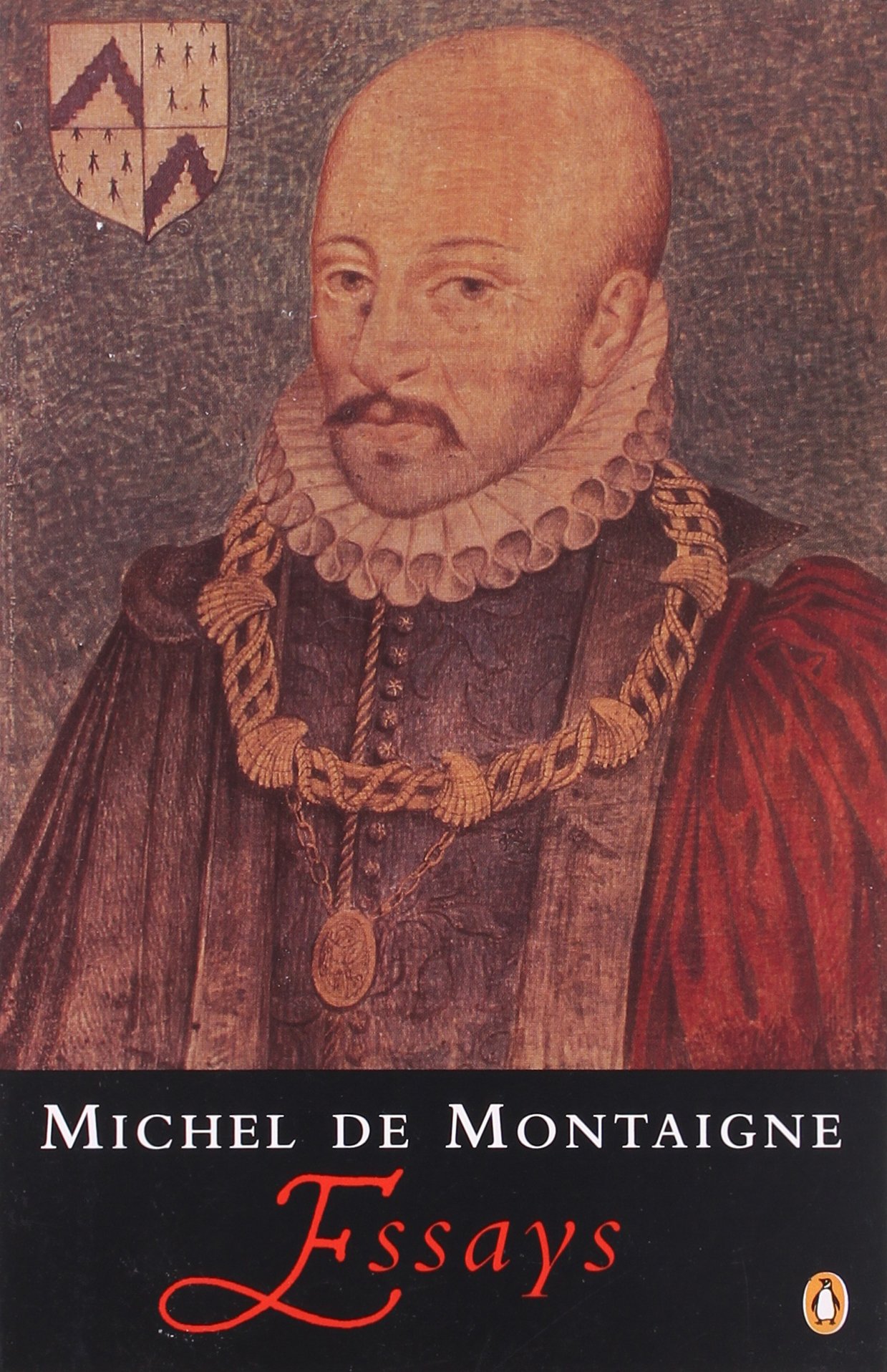TW Column by Martha Nichols
The Mind at Work—in a Thousand Words

The mind is a magpie, which is what makes essays so delightful. The classic essay is woven with shiny scraps of memory, fact, argument, and self-observation. It takes existential leaps amid personal ruminations. There are countless wonderful and weird examples, penned (or typed) by everyone from Michel de Montaigne to Ralph Waldo Emerson to Joan Didion to Zadie Smith.
The best essays often read as if they emerged full-blown from a writer’s head. Yet, Montaigne, originator of the form, was famously revising his work right up to his death. The process of accumulating a big nest of thoughts, then cutting it down, then adding something back, then whittling away more, creates a final product that mimics the mind at work.
I love essays for many reasons, not the least of which is their rambling quality. But now, I also find myself drawn to flash essays. At a thousand words (give or take a hundred), flash essays are very short compared with the classics. By “flash essay,” however, I still mean an essay—prose that’s driven by ideas rather than the narrative techniques of creative nonfiction.
Flash essays may include an anecdote or two, but they’re not memoir. They’re not “lyrical.” They don’t narrate a personal story in the second-person (you went into 7-11, wondering if the blood running down your legs would pool around your socks) or third-person voice. Flash essays resemble a first-person opinion piece rather than a fictional short story.
Take “Wild Messengers” by Jennifer Holland, a post that appeared in the New York Times “Opinionator” blog last November. “About a decade ago,” Holland begins, “a brain tumor came to steal my mother away.”
She recounts leaving the sickroom briefly for a drive on a wintry Minnesota morning, when she saw “nine bald eagles along that stretch of road” on “the ninth of February.” Then, almost as soon as Holland returned to the house, her mother died. “I’m not a religious person, not even a particularly spiritual one,” she writes, adding:
That night, though, I couldn’t help but think that those birds were nature’s messenger…. I can certainly imagine my mom, a true animal lover, choosing majestic birds, their number matching the date (a little nudge to see if I was paying attention), to prepare me and say her goodbye. When I suspended my disbelief, it made perfect sense.
It’s a first-person story, including a vivid anecdote about the eagles. But she goes on to weave in references to religious traditions that have venerated animals as spirit messengers, touching on St. Francis, Native American totems, even Wild by Cheryl Strayed. From her opening line, Holland signals she’s looking back, pondering what it all means. She questions, then whittles away.
It’s a flash essay—just over 1,160 words. However, from where I sit as a magazine journalist, there’s a whole lot of confusion about the difference between an essay like this one and a personal narrative.
At worst, the boom in teaching nonfiction in creative writing programs has influenced novice writers to jettison the intellectual playfulness of essays in favor of narrative scenes and “true stories.” Literary discussions of flash often assume "micro-essays" are real-life twists on flash fiction. But they aren’t, at least not for me.
Part of the confusion involves the mishmash of mainstream magazines, newspapers, blogs, and literary journals that all publish short nonfiction. It’s great to have more venues now, but journalistic editors and literary editors assess nonfiction features differently. I’m always thinking of provocative titles and leads, about cluing in readers quickly to the focus of a feature. While I appreciate the emotional wallop of good flash fiction and memoir, the literary compression that’s so much a part of flash can undercut clarity of purpose and meaning in nonfiction.
In TW’s 2014 flash nonfiction contest (judged by Dinty W. Moore of Brevity), we received many strong memoir and narrative nonfiction entries, but very few attempts at essays. This is anecdotal evidence at best. Still, I now believe the 500-word limit we set is too short for an essay.
Even flash essays need space for thoughts to ramble—and thoughts are the things that power a strong “I” voice. Montaigne remains the model. Centuries after he began writing his essays in 1571, a sickly French aristocrat who’d retired from public life in his late thirties, it’s tough to think of a quirkier, more skeptical persona. Here’s how he begins “On Liars”:
There is nobody less suited than I am to start talking about memory. I can hardly find a trace of it in myself; I doubt if there is any other memory in the world as grotesquely faulty as mine is!
This is not a narrative opening. But it’s a great hook for an essay, one that nudges readers to draw personal comparisons as well as to follow his thoughts. “On Liars” moves from Montaigne’s wry observations about himself to classical references to the crucial distinction between not remembering and deliberately lying. Some of his later essays are sixty-pages-plus, but this one comes in at under 2,500 words.
In the twenty-first-century, of course, there are practical reasons for essayists to stick to a thousand words. My own reading habits have changed after a decade awash in digital media. I get bored fast. I tend to skip around, looking for relevant facts and takeaways. My “grotesquely faulty” memory could compete with Montaigne.
But today’s antsy readers don’t just have short attention spans. They also want to engage with what they read—commenting, arguing, challenging what “experts say.” While this may annoy traditional journalists or elite literary writers—what gives a mere reader the right to question my information or assumptions?—it’s where flash essayists can excel.
So, consider this an invitation to the dance of ideas. After much collecting and cutting, adding and subtracting, this flash essay is just a smidge over a thousand words. Longer than an op-ed, but with room for a few unnecessary shiny bits, such as this credo for all nonfiction writers from the essay master himself:
Lying is an accursed vice. It is only our words that bind us together and make us human.
Publishing Information
 “Wild Messengers” by Jennifer S. Holland, New York Times (“Opinionator), November 1, 2014.
“Wild Messengers” by Jennifer S. Holland, New York Times (“Opinionator), November 1, 2014.- TW Contests: Talking Writing 2014 contest winners and judges.
- Montaigne quotes (“There is nobody less suited” and “Lying is an accursed vice”) from “On Liars” in Michel de Montaigne: The Complete Essays, translated by M.A. Screech (Penguin Books, 1991/2003).
- Calculation of word length based on “Of Liars” in The Essays of Michel de Montaigne, translated by Charles Cotton, edited by William Carew Hazlitt, 1877 (first published in 1580; Project Gutenberg, 2006).
- “Where to Publish Flash Nonfiction and Micro-Essays” by Erika Dreifus on her website, January 27, 2012 (updated January 3, 2015). A helpful list with links, including everything from 100 Word Story and Brevity to American Journal of Nursing.
Art Information
- "Day 38: Think Think" © Ansy Wong; used by permission.
 Martha Nichols is Editor in Chief of Talking Writing. She teaches journalism at the Harvard University Extension School.
Martha Nichols is Editor in Chief of Talking Writing. She teaches journalism at the Harvard University Extension School.
Some of the best entries in TW's flash nonfiction contest will appear in Winter 2015 and other issues this year. Martha also notes that the usual theme essays in Talking Writing (800 to 1,200 words) are flash essays—at least by her definition.
